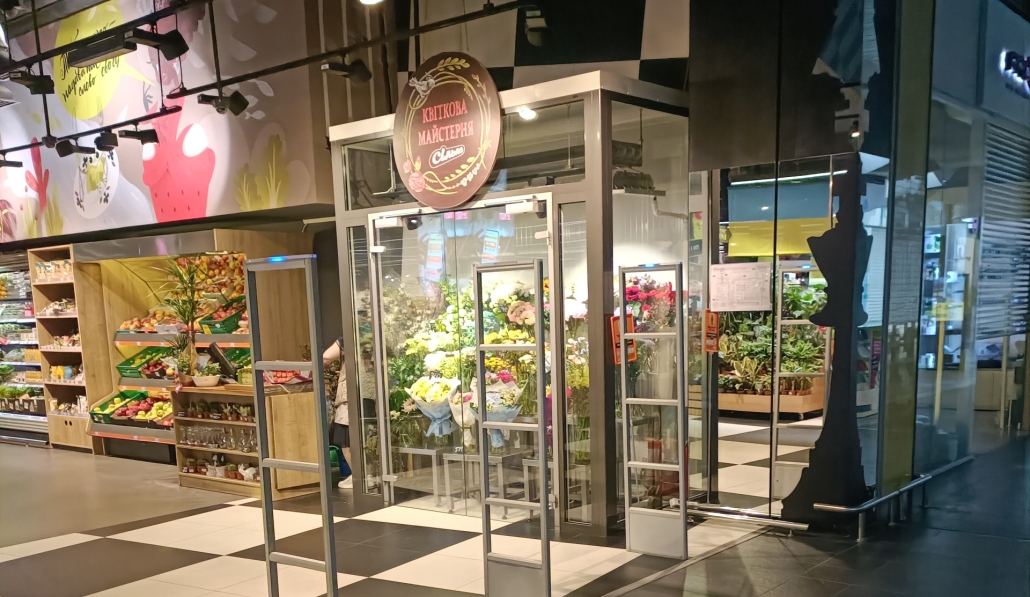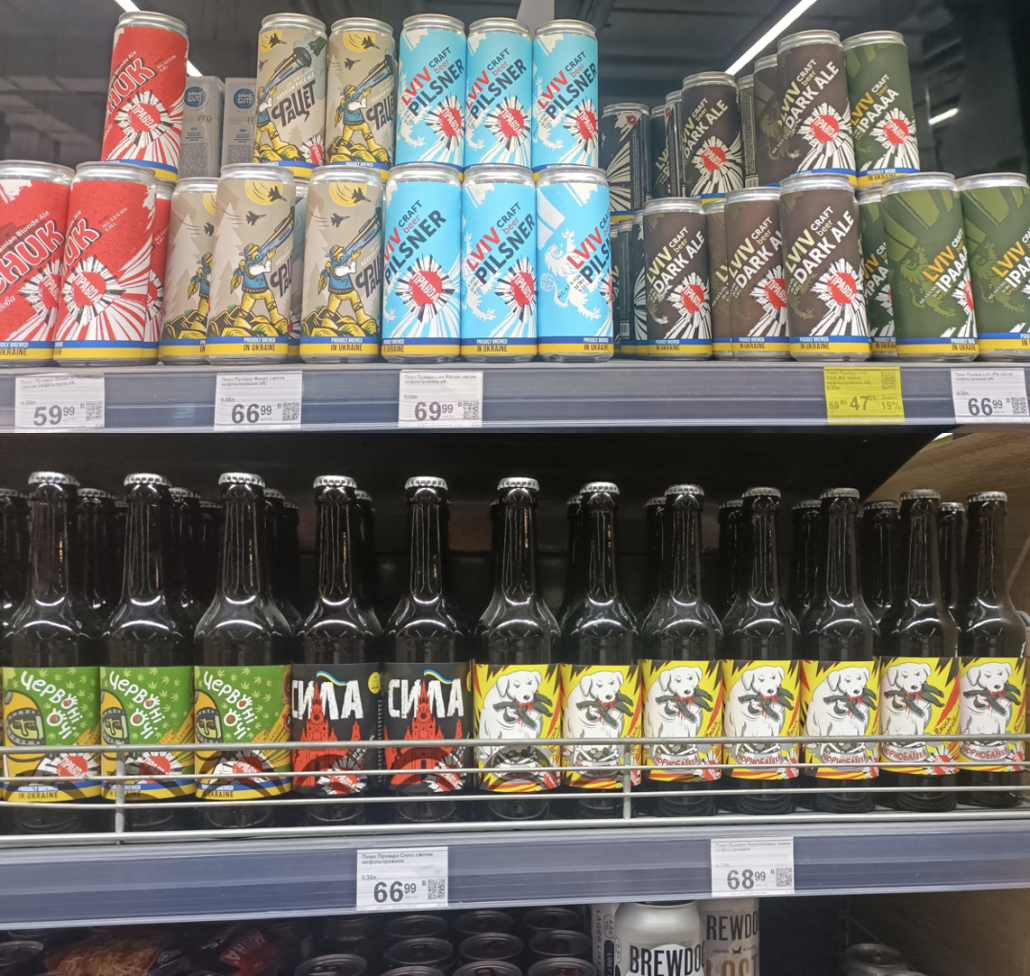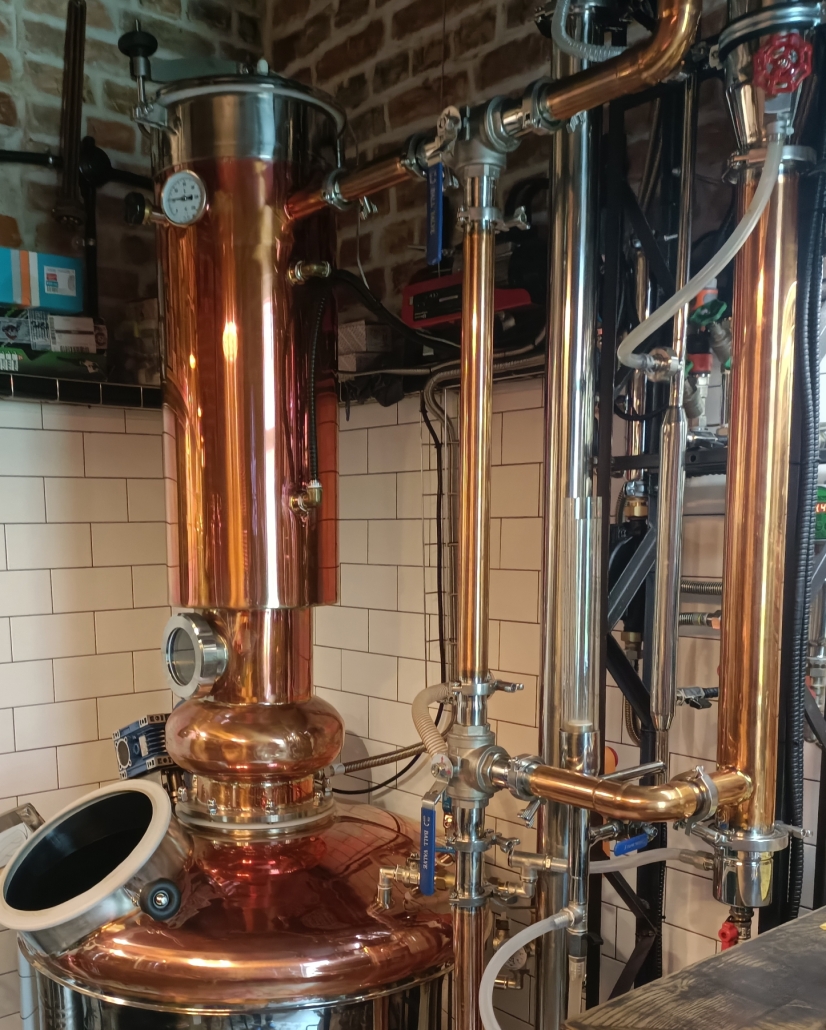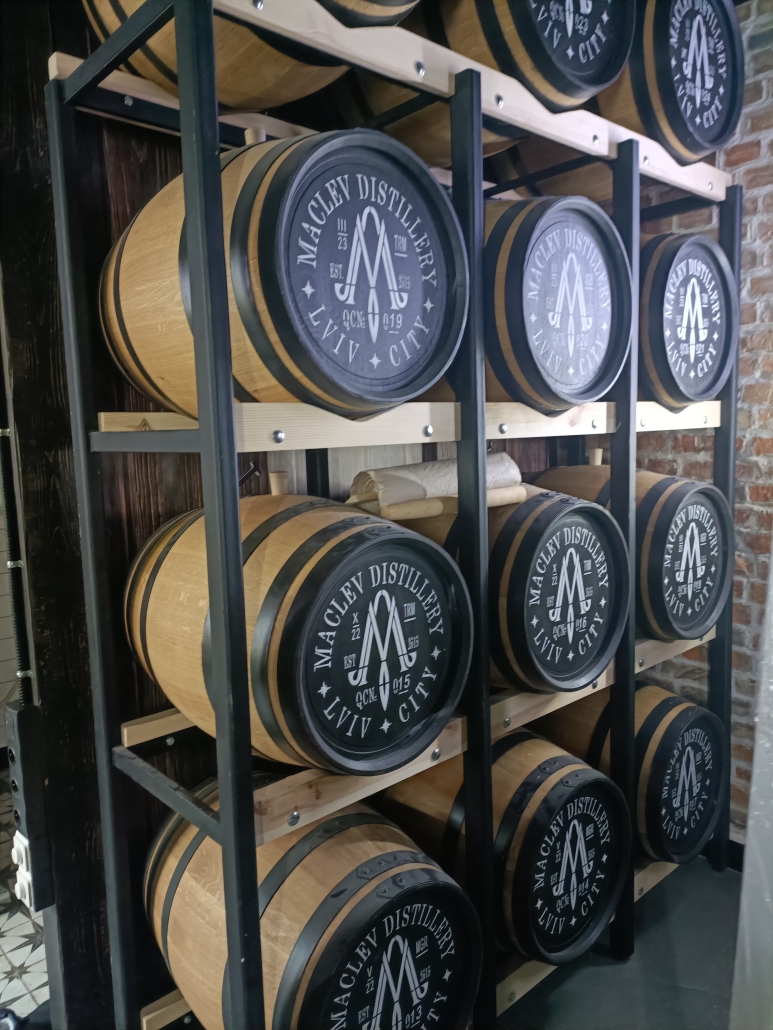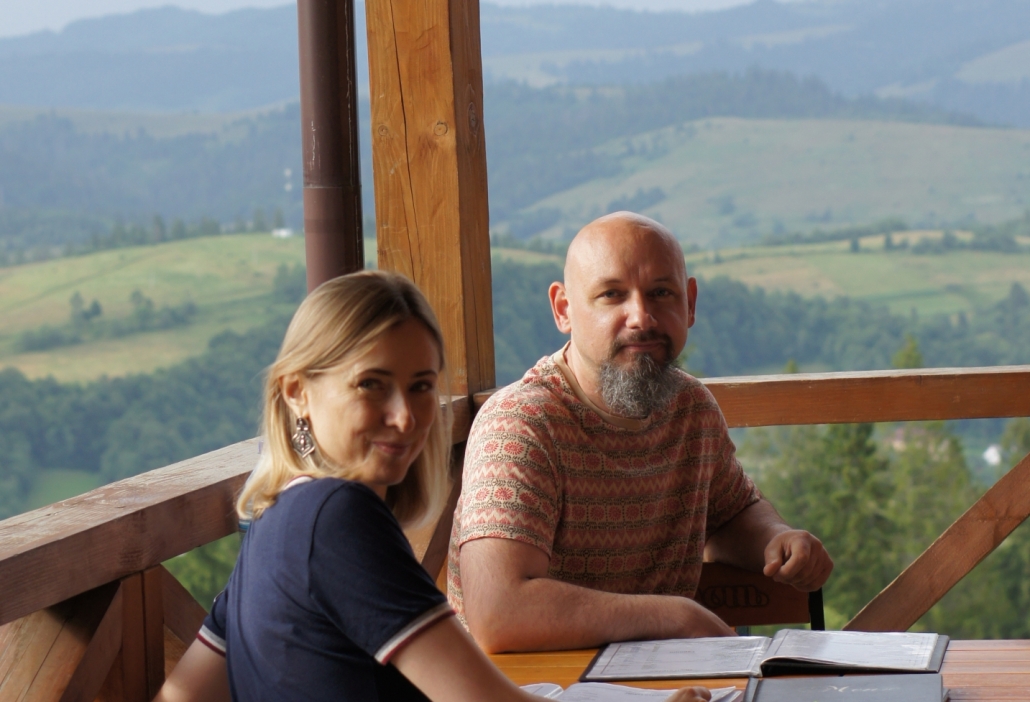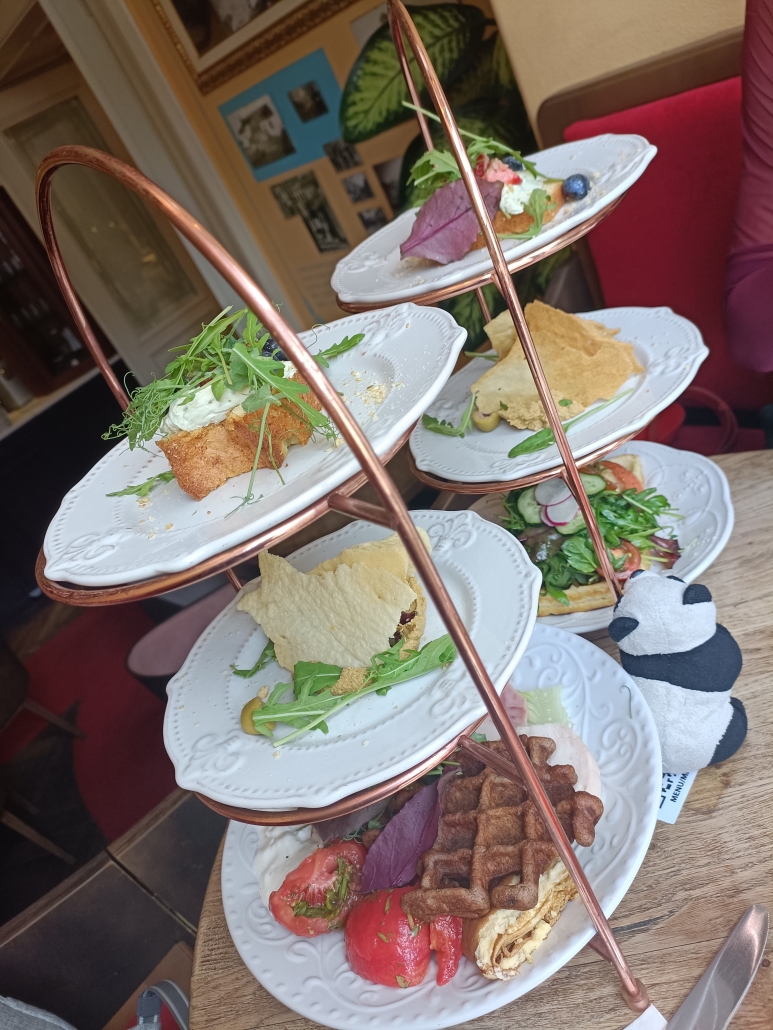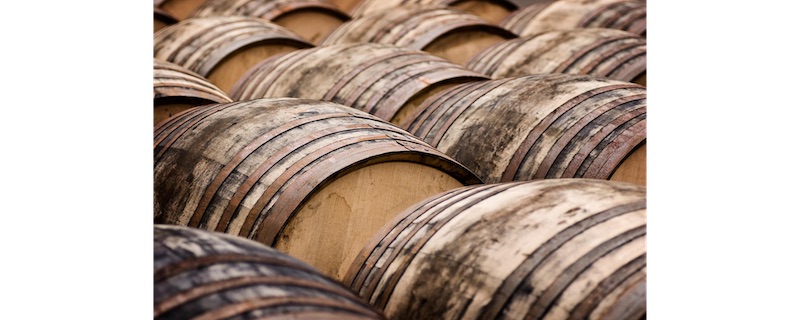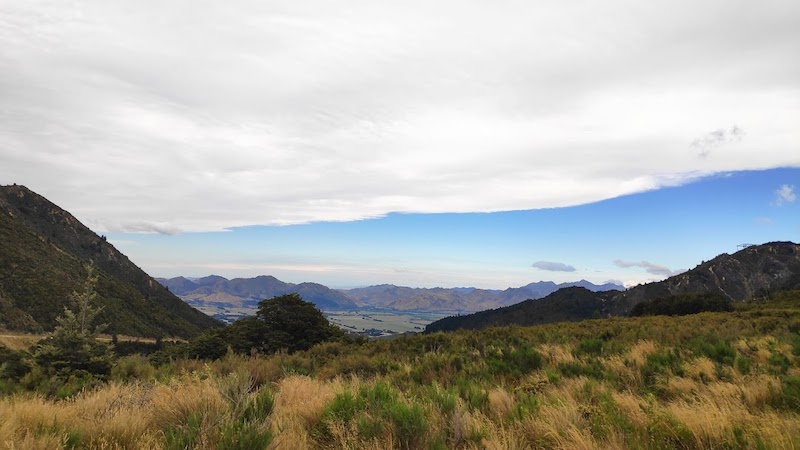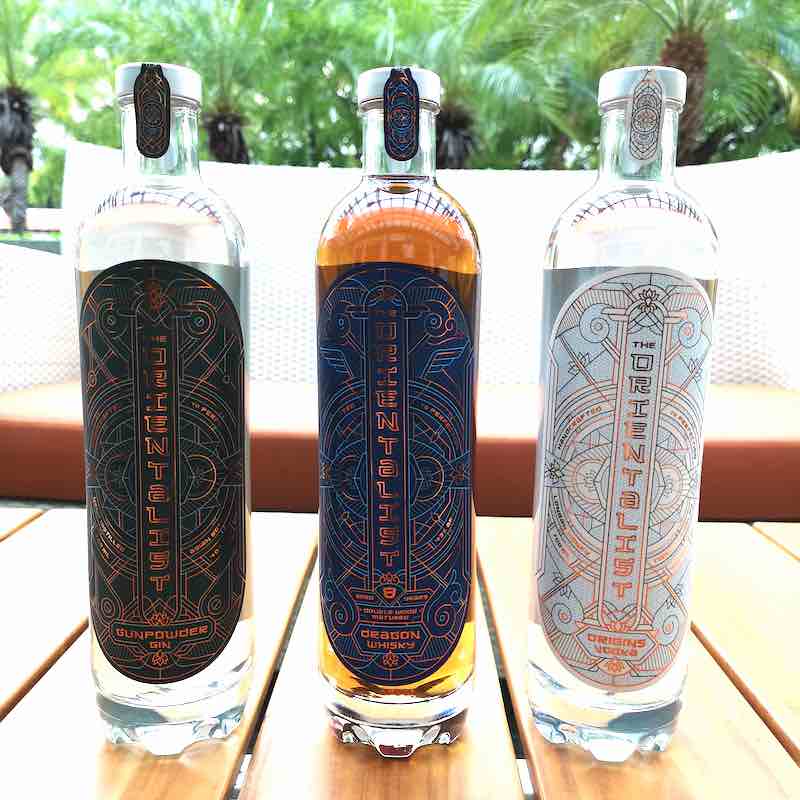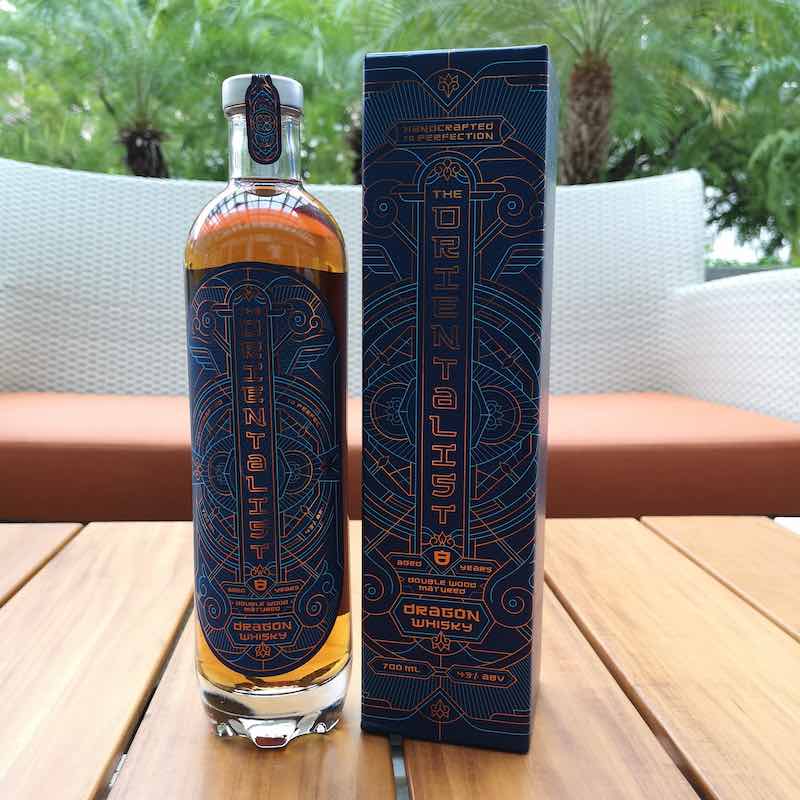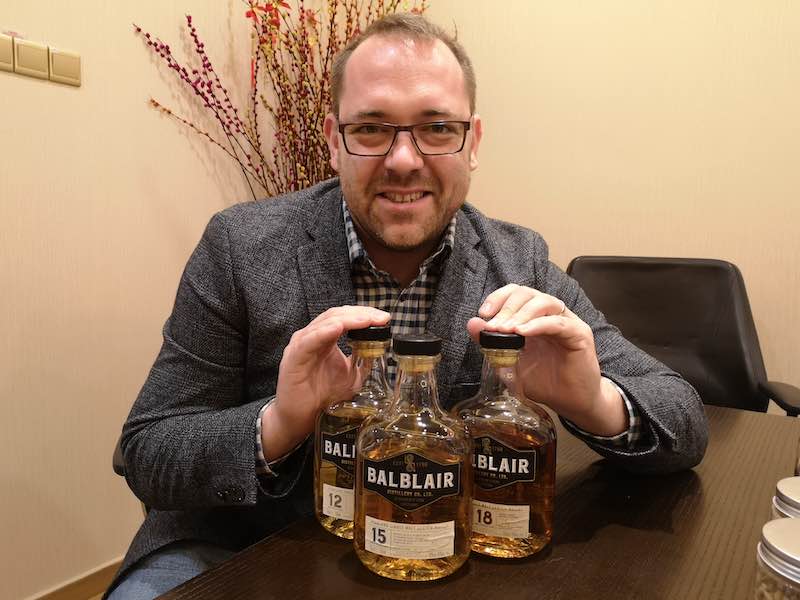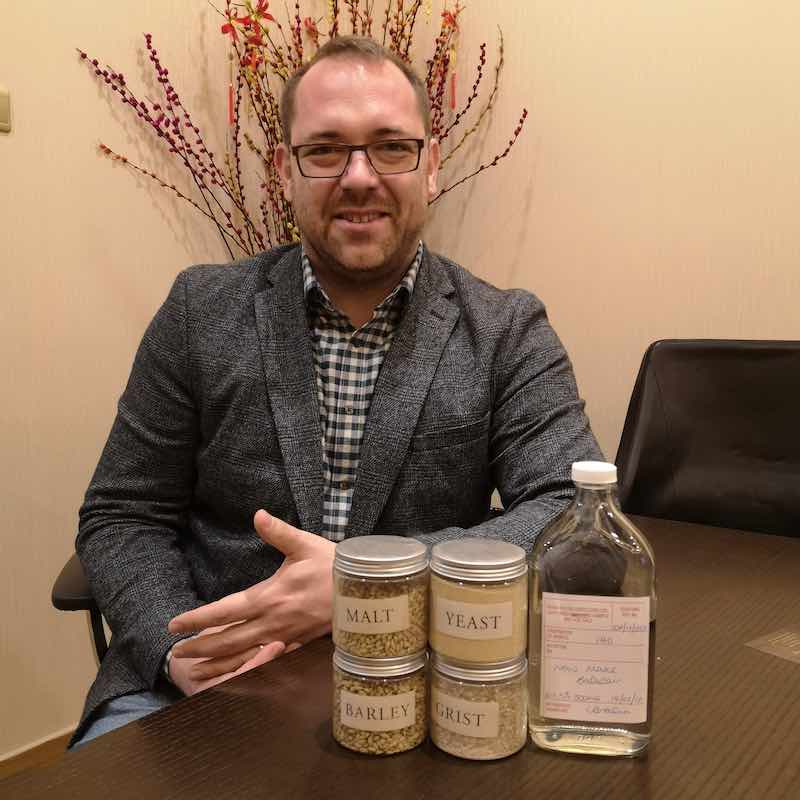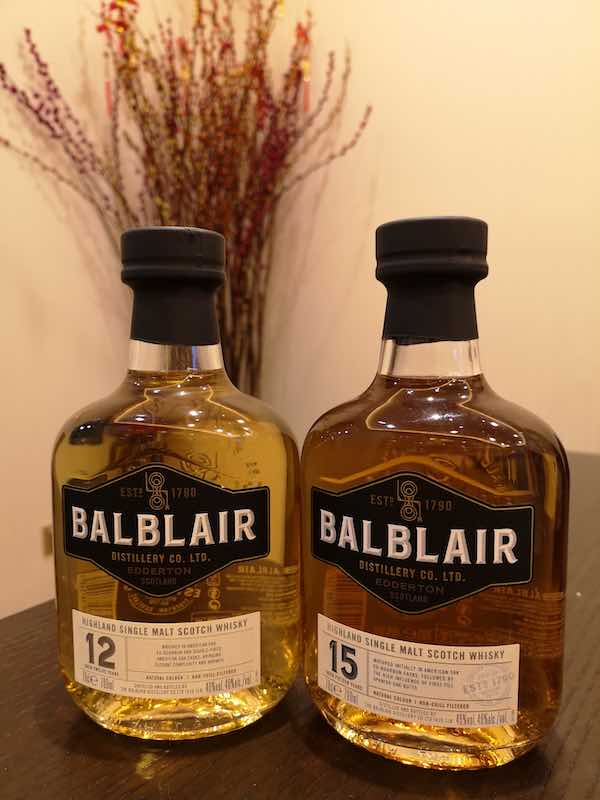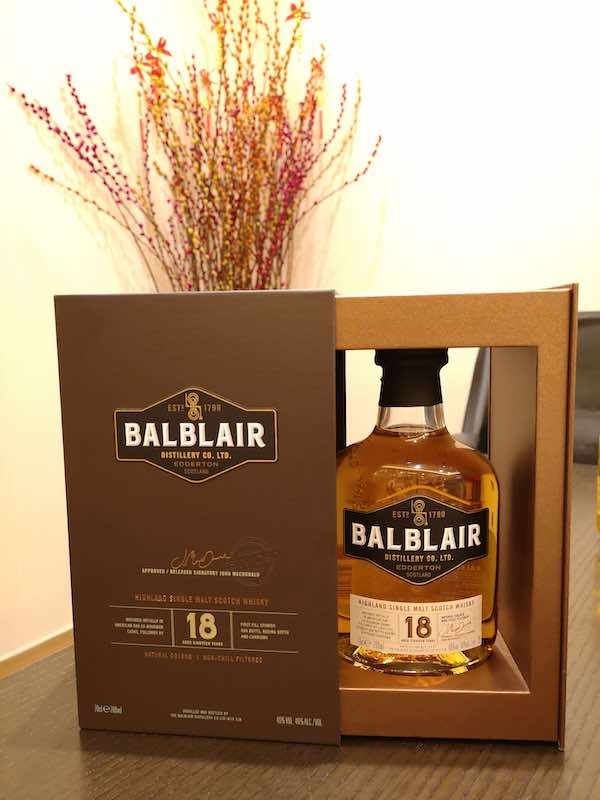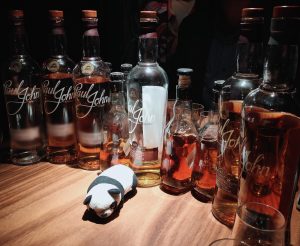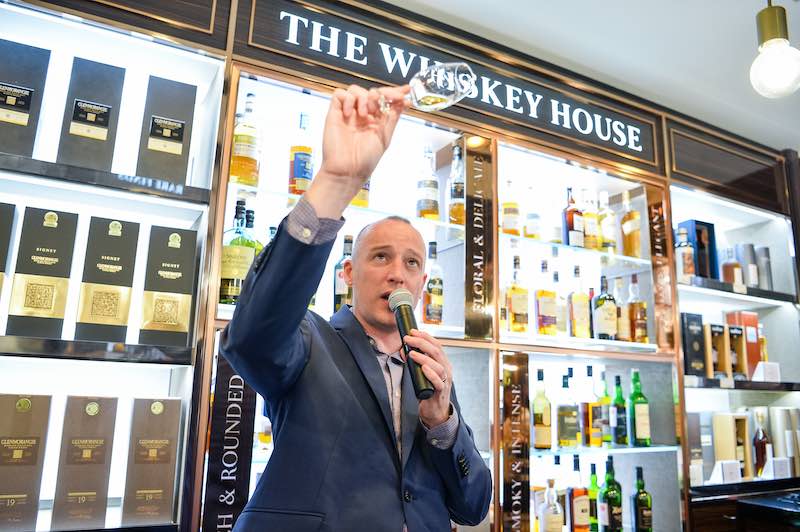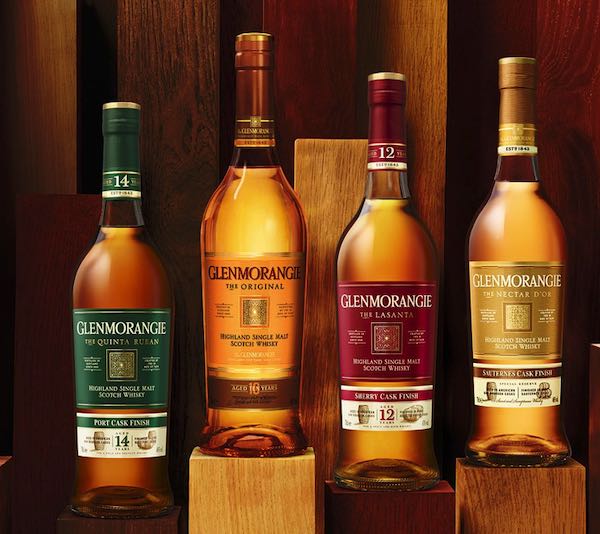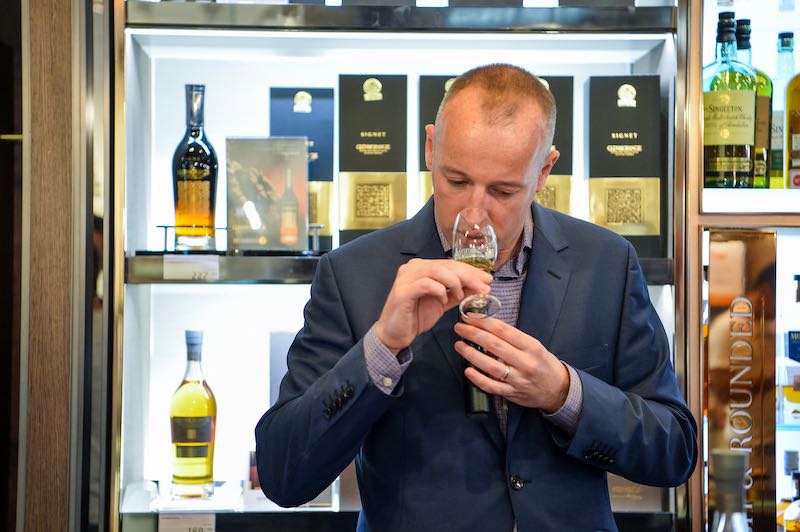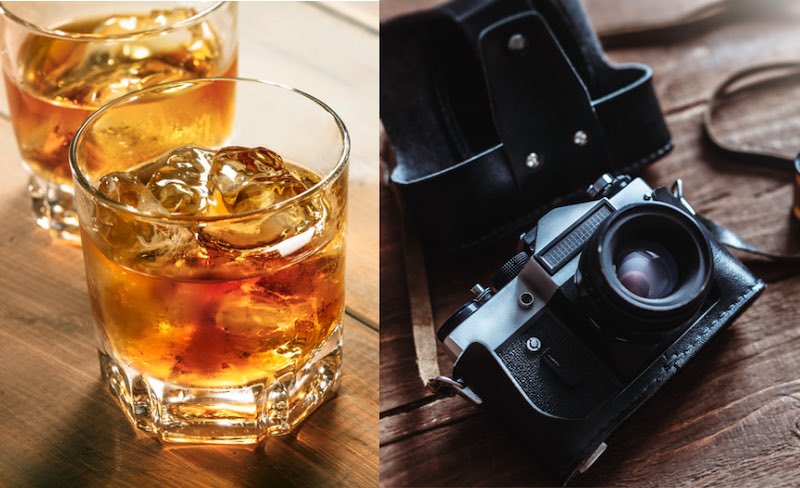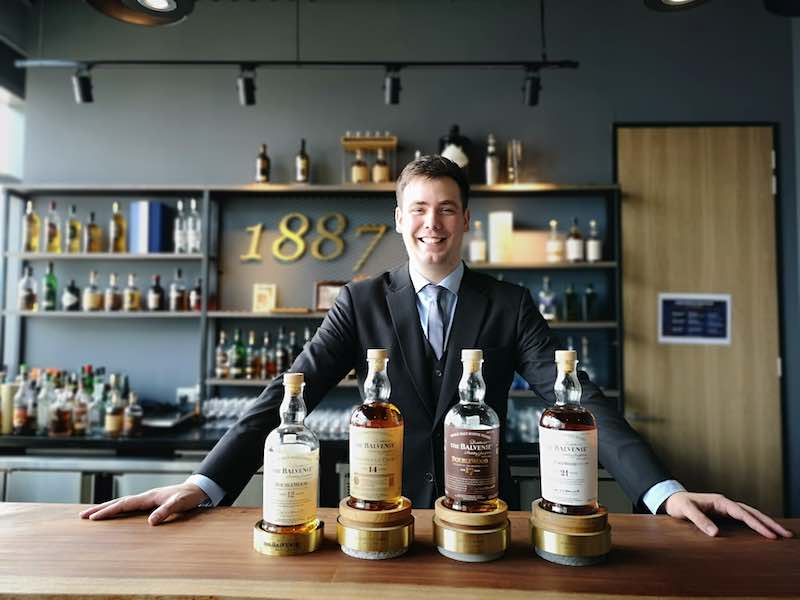
James Cordiner with the Balvenie Core Range of Products
I always get lucky to represent WhiskyGeeks when a handsome, young man comes to Singapore. Allow me to introduce Mr James Cordiner, Brand Ambassador of Southeast Asia for Balvenie Single Malt Scotch Whisky. James is not just another brand ambassador; he is the man after our hearts with his passion for whisky.
James is possibly the only brand ambassador that I have met so far to earn so many credentials in whisky production. He holds a General Certificate in Distilling, a distinction award in WSET 2 and is currently pursuing his Master Degree in Brewing and Distilling with Entrepreneurship at Heriot-Watt. He aims to complete the Master’s next year after his research project with William Grant and Sons.
Let’s hear more from the man himself.
Growing up in Speyside
James grew up in Speyside, Craigellachie, to be precise. As a young lad, he saw that the economy of the country revolves around the whisky industry. It was the biggest employer in Speyside, and naturally, most of his friends and neighbours have something to do with whisky. James was not interested in whisky because everyone else was. He wanted to be the best vet in Speyside, tending to the sheep and Highland coos.
However, fate tends to intervene.
When James came of age, he began to work in some of these distilleries during the summer as a tour guide. It was an excellent way to spend his summer, and he got to work with his friends. James also enjoyed all the interactions he had with the tourists. As he immersed himself in the world of whisky, James discovered that he loves to know more about whisky production. After university, James had a tough choice. He could put in another five years in Medicine and fulfilled his childhood dreams to be a vet, or he could put in just one year to complete a Master in Biomedical Science. He chose the latter.
During his time in university, James also began to work in Speyside whisky bars as a bartender. He also became the president of the whisky club. After graduation, he worked as a bartender for some months before joining Chivas Brother as a brand ambassador for the U.K.
In 2018, James decided to go back to school to obtain a Master’s degree in Brewing and Distilling. He wanted to add on to his knowledge on the technical part of whisky-making just so to satisfy his geeky side. He will complete the course once he finishes the research project that he will take on at William Grant and Sons in 2020.
How did James end up as the Balvenie Brand Ambassador?
Gemma Paterson, the Global Brand Ambassador of Balvenie, was at the Speyside Whisky Festival in May 2019, and James had a chance meeting with her. Their friendship goes way before this meeting, as Gemma knew James when he was working as a tour guide in Glenfiddich and also when he was working as a bartender for one of the whisky bars in Speyside. Gemma told him that there is a job for Balvenie and James naturally said YES! He went for the interview on Gemma’s recommendation and viola, here he is – the Southeast Asian Brand Ambassador for Balvenie!
Why be the Geek?
James is the perfect person to be geeky with. He has all the credentials to teach us more about whisky. First, however, we need to know why he is so in love with whisky production. James has always been quite a little explorer as a child. His ambition to be a vet led him to study science and chemistry. While his grades eventually did not manage to get him a place in the course he wanted, he pursued a course in research into Family Medicine. The knowledge helped him tremendously when he decided to switch his career plans. Due to the switch, James also decided to put in more efforts and time to study what he chose to do for the rest of his life. He is genuinely excited to commerce his research at William Grant and Sons to earn the Master’s degree!
Onwards to the Geeky Side of Things
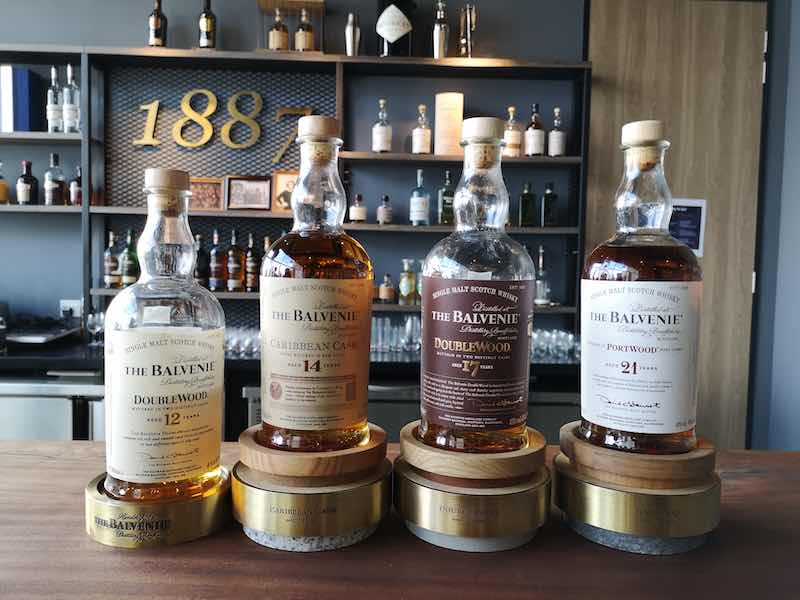
The Balvenie Core Range of Products
I had to ask the one question that everyone likes to ask me: What is the most important part of whisky production?
James looked at me seriously and said, “Well, every part counts!” He explained that many of the distilleries do use the same type of barley, the same yeast from the same company, and yet produces different kinds of whisky. Therefore, it is the uniqueness of all the parts, adding together that makes a whisky special.
As a geek myself, I could stop myself asking for more details about the production process.
The Whisky-Making Process at Balvenie Distillery
Balvenie still has a traditional malting floor in which 10% of their barley is malted on-site. The remainder comes from professional malters. The malting process starts with two days of steeping the barley, before laying them on the floor for six days to germinate. Once the barley germinates, they go into the kiln for forty-two hours of drying. This malted barley then undergoes milling, and the end product is called grist.
The grist then goes into the mash tun. Each batch of mash uses 11.8 tonnes of milled barley. Mashing takes five and a half hours, with the first water at 68-degree Celcius, the second water at 75-degree Celcius, and the third water at 86 degree Celcius. At the end of the mashing process, the wort produced goes into the washbacks.
Balvenie has 15 washbacks that can hold 75,000 litres each. Fermentation takes place in the washbacks. However, the distillery only adds 53,000 litres of wort into each washback to aid fermentation and prevent overflowing. Two hundred sixty litres of yeast is added to the wort in the washback and left for 68 hours. After the fermentation is done, the wash is at 7-8% abv.
Next comes distillation. Balvenie has five wash stills and six spirits stills. The wash stills have a capacity of 9100 litres which the spirits stills hold 12,750 litres each. The total distillation hours are 15.5 – 16.5 hours. Balvenie takes the cut of the heart between 74% to 64% abv, pretty much like most other distilleries. Finally, 4250 litres of spirits will be obtained from the original 53,000 litres of wort.
It takes a total of 15 days to go from malting to distilling. Do note that Balvenie also has its cooperage.
Terroir: Opinion of a Speyside Lad
Does terroir affect whisky? James thinks that it does but in very minimally, especially when compared to wines. “Things like water source are important. [It is] not so much [about] the flavours of the water going in, but the chemical balances, especially the PH, which will affect the later process, such as the fermentation and mashing.”
James goes on to explain that the flavours of the whisky come mostly from the cask, making up about 60-70% of the influence. Of course, when the whisky gets older, the impact of the cask gets stronger. Therefore, it is not really about terroir when it comes to flavours, but terroir does play a part in the entire process of whisky-making.
We also began to talk about barley, and if different barley affects the flavours of the new-make spirits. James commented that most distilleries use the same type of barley that is commercially available. Therefore, it would be hard to say that barley affects the flavours by a significant percentage. Whisky undergoes distillation, and the chemical process changes the character of the new-make based on the time, temperature and technics of each distillery. Barley should not make a big difference to whisky. It would, however, make a difference to beer, but that’s for another day.
Is Older the Better? Musing from an Expert
The chat moved into the zone of whether older whiskies are better at this point, and I think we had it well covered.
“I’ve tasted a lot of old whiskies that are incredible. It depends on what flavours you like, so, as it gets older, it is going to get much more influence from the oak, tannins from the wood. I have a lot of people who tried the old whiskies, and they don’t like that sort of dryness from the oak itself. So it doesn’t mean that it is a better whisky. But [what] does tend to happen with age though, is sort of [the] mellowing out of the whisky, so you get the evaporation of the harsher alcohol and tends to become much smoother the older it is, which I think a lot of whisky connoisseurs and geeks really appreciate that sort of old woodly oakiness in the whisky.”
The Different Offerings of Balvenie
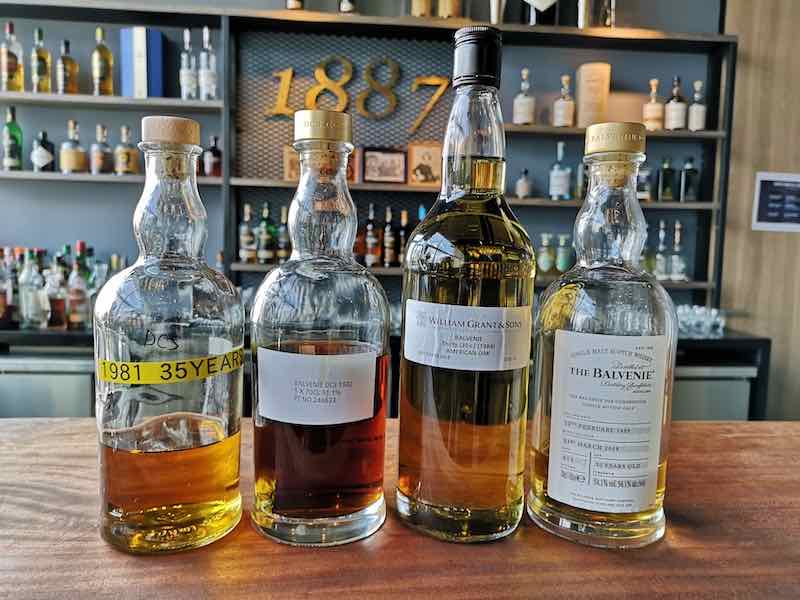
Balvenie DCS Selection
Since we were on the topic of older whiskies, we started talking about how Balvenie got everyone covered with their fantastic range of products. We get the core range of products from the Balvenie 12 Doublewood to the 21 Portwood for our daily drams and some exclusive cask strength whiskies for the occasions.
James then pulled out the big guns – the Balvenie DCS Selection. I do realise by now what a treat I was going to get, and I was trying very hard not to show my excitement. The DCS Selection that I tasted range from 1981 to 1985, with the youngest whisky being 30 years old.
After all four drams, I would rank them as such: 1985, 1984, 1981 and finally 1982. I love how each of them stands out on their own, with different characteristics but yet still showing the true Balvenie spirit. 1981, 1984 and 1985 are bourbon-matured while 1982 is sherry-matured.
Final Question: What is the most challenging thing you face when moving to Singapore?
I just had to ask this question because having just been back from Scotland; I know just how different Singapore is. James laughed and exclaimed, “The Weather!” He is truly a Scot to talk about the weather! James found the heat and humidity terrible to bear at first but he is slowly getting used to it. He will always miss the Scottish weather, but for now, he is ready to take on Southeast Asia to bring them more of Balvenie Single Malt Scotch Whisky.
We really must take our hats off this guy!
All the best to you, James, and we will be seeing you soon!
Like what you have just read?

